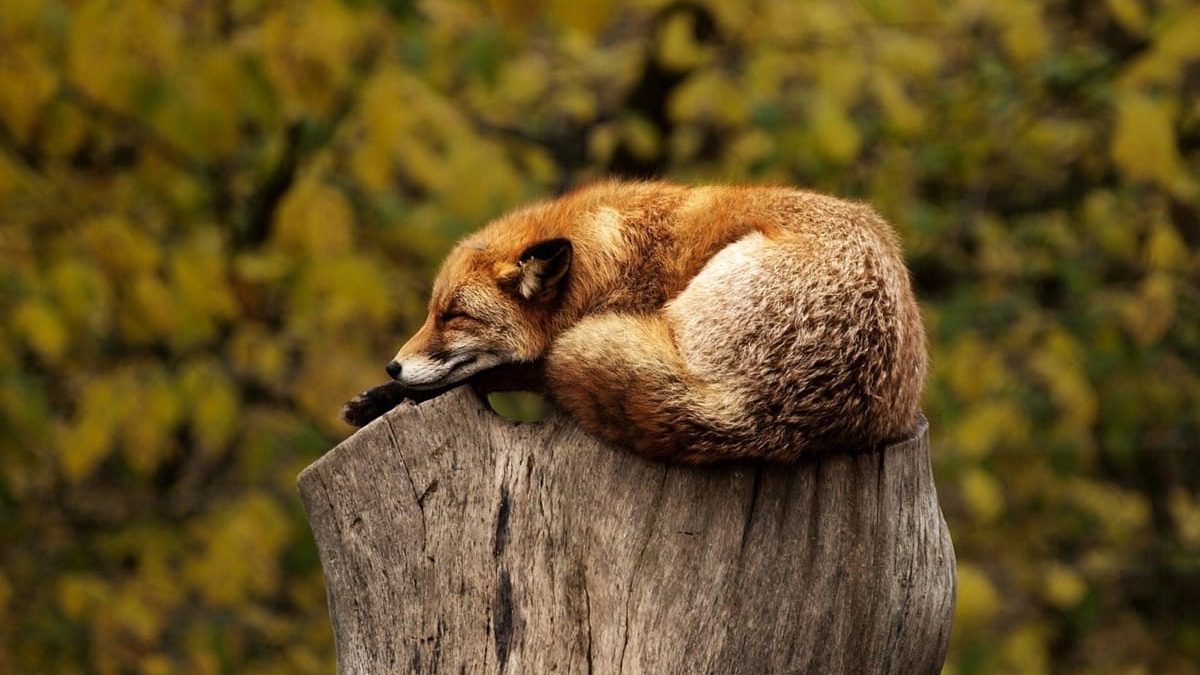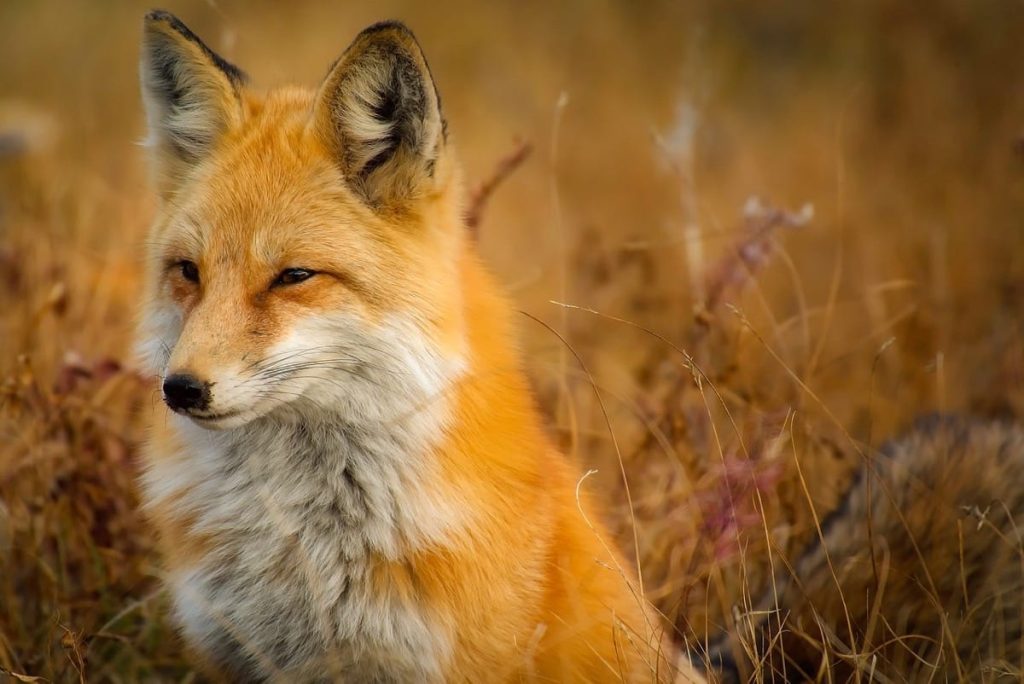
Where Do Foxes Sleep?
The sly and cunning fox, an iconic creature of folklore and nature documentaries, has captured our imagination for centuries. But when it comes to this wily animal, one question often pops up: where do foxes sleep?
The answer, like the fox itself, is full of twists and turns.
Where Do Foxes Sleep at Night?
Unlike us humans with our cozy beds and bedtime routines, foxes are creatures of flexibility. Their sleeping arrangements depend on a variety of factors, including the time of year, their age, and even their urban or rural setting.
Nighttime Dens for Raising Kits
Momma foxes, especially those with young kits, prioritize safety and comfort. They often set up dens in secluded, underground burrows. These dens, sometimes dug by the fox itself but more often repurposed from badgers or rabbits, offer protection from predators and the elements. Kits spend their early days napping and playing within the cozy confines of the den.

Open-Air Slumbers for Solo Foxes
For solitary foxes or those without kits, the night sky can be their bedroom ceiling. They curl up in a ball, tucked away in tall grass, under dense bushes, or even in the crook of a tree. Their thick fur and bushy tails act as natural blankets, keeping them warm and camouflaged.
Urban Foxes: Making the City Their Den
Adaptable creatures, foxes thriving in urban environments have found ingenious sleeping spots amidst the concrete jungle. They might turn abandoned sheds, garages, or even compost bins into cozy nooks. Some foxes have even been known to burrow under decks or patios, creating their own urban dens.
In the Wild: Nature’s Lullaby
Wild foxes, far from the city lights, have a wide range of options. They might choose rocky outcrops, hollow logs, or even abandoned animal burrows for a quick nap. In open areas, they might curl up under the cover of tall grass or thick shrubs, using their keen senses to stay alert for any dangers.
Winter Wonderlands: Sleeping Through the Chill
Winter brings its own set of challenges, but foxes are well-equipped to handle the cold. Their thick fur insulates them, and they often seek out sheltered spots like caves, rock crevices, or even snowdrifts for extra warmth. During particularly harsh weather, they might even retreat to their dens for extended periods.
Summer Slumbers: Catching Rays and Cool Breezes
Summer nights call for a different approach. Foxes might bask in the shade of trees during the hottest hours, then move to more open areas as the temperature cools down. They’ll often choose breezy spots to avoid overheating, and some might even take a dip in a cool stream or pond to beat the summer heat.
Sleeping Habits: More Than Just Catching Zzz’s
A fox’s sleep isn’t just about rest. They are crepuscular animals, meaning they are most active at dawn and dusk. So, their naps throughout the day are strategically timed to conserve energy for their peak hunting hours.
Furthermore, fox sleep isn’t always deep. They are light sleepers, constantly alert to their surroundings and ready to spring into action at the slightest sign of danger. This vigilance is crucial for their survival in the wild.
Unveiling the Mystery: A Glimpse into the Fox’s World
Understanding where and how foxes sleep offers a fascinating glimpse into their lives. It reveals their adaptability, resourcefulness, and constant awareness of their environment. Whether curled up in a cozy den or napping under the stars, the sleeping fox reminds us of the beauty and resilience of nature’s cunning creatures.



